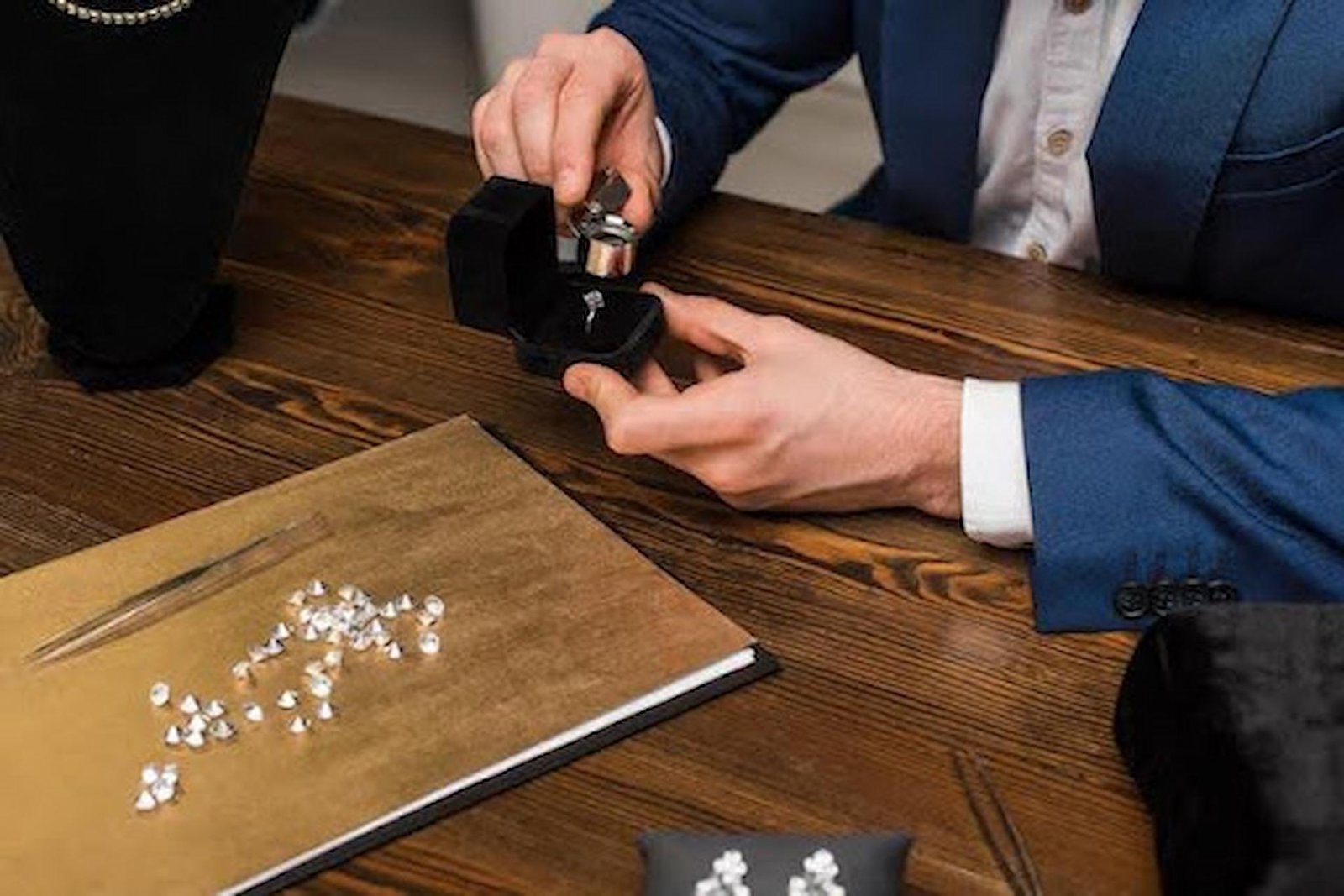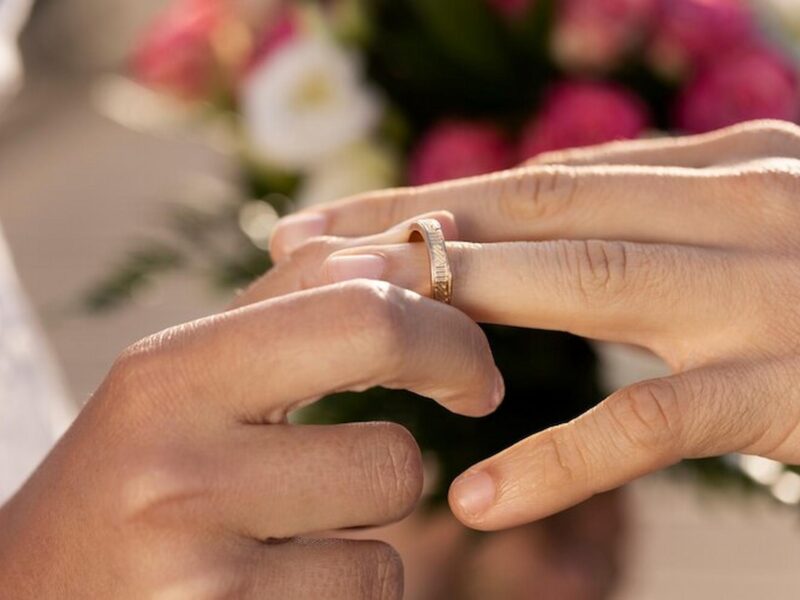Want to buy loose diamonds with confidence? This guide breaks down everything you need to know—from choosing the proper cut and clarity to understanding certification and pricing. Read on for expert tips on how to select high-quality stones, avoid common pitfalls, and feel secure in your decision. Trustworthy advice, clear steps, and straightforward explanations make this a must-read for first-time buyers or seasoned collectors alike.
When you decide to buy loose diamonds, you step into a world where knowledge equals power. It can feel overwhelming. But don’t worry. This guide cuts through the noise. It uses plain, clear language. It also provides practical advice that you can apply immediately.
1. Understand what makes a diamond valuable
You don’t need a specialist’s degree. But knowing the basics helps. Here’s what to focus on:
- Cut: The shape and proportions. They affect sparkle and fire. A well-cut diamond shines more.
- Clarity: Diamonds may have tiny flaws, known as inclusions. The fewer, the better.
- Color: Ranges from colourless to faint yellow. Colourless stones are rarer.
- Carat: The diamond’s weight. Bigger isn’t always better if clarity suffers.
These four factors are often referred to as the “4 Cs.” They determine value together. Knowing them lets you compare stones with confidence.
2. Why certification matters
Always request a grading report from a trusted laboratory, such as GIA or IGI. This document proves the stone’s quality. It also protects you from misrepresentation. Never buy loose diamonds without it.
Having certification:
- Helps you compare stones
- Ensures you get what you pay for
- Adds peace of mind
3. Check clarity under magnification
You don’t need a jeweller’s loupe. Many jewellers now offer digital magnified images online.
Look closely:
- Do inclusions show up easily?
- Are they central or hidden off to the side?
- Can you live with slight imperfections?
Minor blemishes are acceptable if they don’t affect the spark or appearance. But obvious flaws will reduce value.
4. Know your preferred cut and setting style
Do you want a round brilliant, princess, or emerald cut? Each shape has its charm:
- Round: Classic sparkle
- Princess: Sharp corners, modern
- Emerald: Step cuts, elegant
Once you pick a shape, consider the setting. Solitaire, halo, or three‑stone? Loose diamonds give you flexibility—choose a setting later or keep the stone as an investment.
5. Compare prices and shop around
Prices can vary widely. Don’t buy from the first store you find. Instead:
- Browse reputable online retailers
- Visit local jewellers for comparisons
- Note price differences
- Examine return policies
Transparency is key. A good seller shows stone images, certification details, and a clear price breakdown.
6. Learn about fluorescence and its effects
Fluorescence is the phenomenon by which a diamond glows under UV light. It affects appearance:
- Minor fluorescence: usually no visible effect
- Strong fluorescence: may look milky or hazy
Whether fluorescence matters depends on the stone. Some buyers prefer natural look. Others don’t mind a slight glow.
7. Understand the resale and investment potential
Loose diamonds often retain value well. To safeguard your investment:
- Keep certification safe
- Preserve original packaging
- Ask for an appraisal list
Reselling is easier when every detail of the diamond is documented.
8. Ask about after‑sales services
Look for jewellers offering:
- Free resizing
- Cleanings
- Re‑polishing
- Buy‑back or upgrade programmes
These enhance your confidence and long-term satisfaction.
9. Ensure you have insurance
Loose diamonds are significant investments. Insure them:
- Use a stand‑alone policy
- Or add to a home insurance plan
- Get a professional valuation
That way, you’re covered for loss, theft, or damage.
10. Stay calm, informed, and confident
Buying a diamond can feel emotional. Remember these quick tips:
- Always check certification
- Compare multiple sellers
- Inspect clarity and cut in detail
- Ask clear questions about services and returns
You don’t need to rush. Take your time. Buying with the proper knowledge gives you peace and control.
Summary Checklist
- Understand the 4 Cs: cut, clarity, colour, carat
- Always get lab certification
- Look closely at clarity
- Choose the cut and setting separately
- Compare prices
- Know about fluorescence
- Keep documentation for resale
- Use after‑sales services
- Ensure your stone


